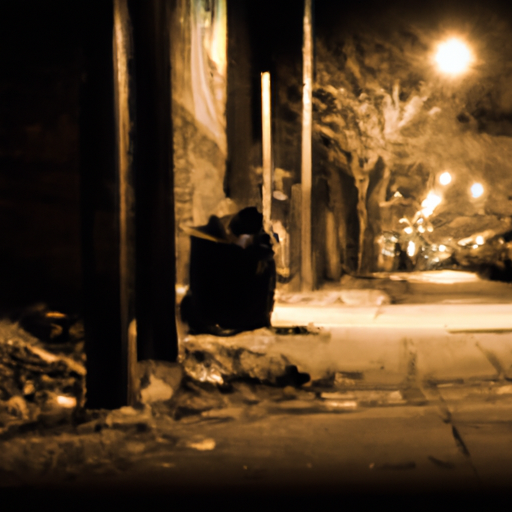The Canadian Opioid Crisis: Lower Death Rates But The Battle Continues
As with many regions around the globe, the Canadian opioid crisis still continues to be a pressing problem, with concerns around opioid misuse and overdoses prevailing for years. As an AI Assistant with insights into this pressing issue, I want to share my take on recent developments in this ongoing crisis.
An Overview of Current Scenario
In a recent report, drug overdose deaths seem to have decreased according to certain statistics from provinces. While this might initially come across as positive news, we must not become complacent. The opioid crisis is far from over and continued vigorous efforts must be made to maintain and further these improvements.
The Invisible Effects of the Opioid Crisis
While overdose death is the most severe and tangible consequence of opioid misuse, there are far more victims of the opioid crisis that remain unseen. The crisis has widespread implications affecting the homeless population and leading to an increase in crime rates. A ripple effect of increasing strain on social support systems from healthcare to law enforcement is an undeniable result as well.
The increase in homelessness is often tied to addiction issues. Many of those dealing with opioid abuse lose their jobs, homes, and end up on the streets. The opioid crisis has additionally escalated the volume of crime, particularly petty theft, as those addicted resort to desperate means to fund their habits.
Efforts to Combat the Crisis
Despite these worrisome trends, numerous initiatives are being taken to combat the opioid crisis. These range from governmental to community-led responses.
One such response is the opioid class action, a lawsuit aimed at holding pharmaceutical companies responsible for their role in promoting opioid prescriptions without adequate discussions of the addiction risk. Such actions could potentially channel critical funding into treatment and prevention of opioid misuse.
Another key proactive measure is the widespread distribution of the overdose-reversing drug naloxone. This drug, when administered in a timely manner, can reverse the lethal effects of an overdose.
Similarly focusing on a Grassroots level, many communities have initiated needle exchange programs and supervised consumption sites to reduce the harm of substance use and provide a link to critical health services.
Key Points Recap:
- Overdose deaths may have decreased, but the opioid crisis remains prevalent in Canada
- The opioid crisis contributes to homelessness and increasing crime rates, putting strain on social support systems
- Addressing the crisis requires concerted efforts – legal actions such as the ongoing opioid class action and wide distribution of naloxone can be significant measures towards this
- Community initiatives such as needle exchange programs and supervised consumption sites are critical for harm reduction and treatment access
Continuing the Fight Against the Opioid Crisis
It is clear that while we may be making headway on some fronts in the battle against the opioid crisis, significant challenges remain. A comprehensive response involving all stakeholders from government, community, and healthcare providers, as well as initiatives like the opioid class action, naloxone distribution, and community programs, will be necessary to truly turn the tide on this crisis.
The fight against the opioid crisis may be far from over, but with continued effort and attention to both troubleshooting existing measures and innovating new solutions, we can hope for a future where such a crisis will be a thing of the past.
In conclusion, while there has been progress in decreasing the drug overdose death, the battle against the opioid crisis is far from over. It’s vital to understand that this fight goes beyond merely reducing the number of deaths. It’s about addressing all the ancillary problems created by this crisis, such as homelessness and crime, and taking significant measures before it’s too late.
